The National Portrait Gallery’s Taylor Wessing Photographic Portrait Prize manages to divide opinion, inspire debate and even provoke controversy like virtually no other global photographic award.
For its detractors, the joke is that the Taylor Wessing competition so often awards prizes to photographers who have taken pictures of girls and women, usually with red hair, holding animals – something that makes the prize it look repetitive and conservative. For its supporters, the Taylor Wessing portrait prize has a thematic coherence and identity most other photography competitions lack.
In fact both viewpoints are a little unfair, because in recent years the prize has started to award a far more diverse range of portraits. Take for the example the 2014 winner David Titlow; a fashion photographer who won with his image of his infant son being introduced to a dog, surrounded by friends the morning after an idyllic midsummer party.
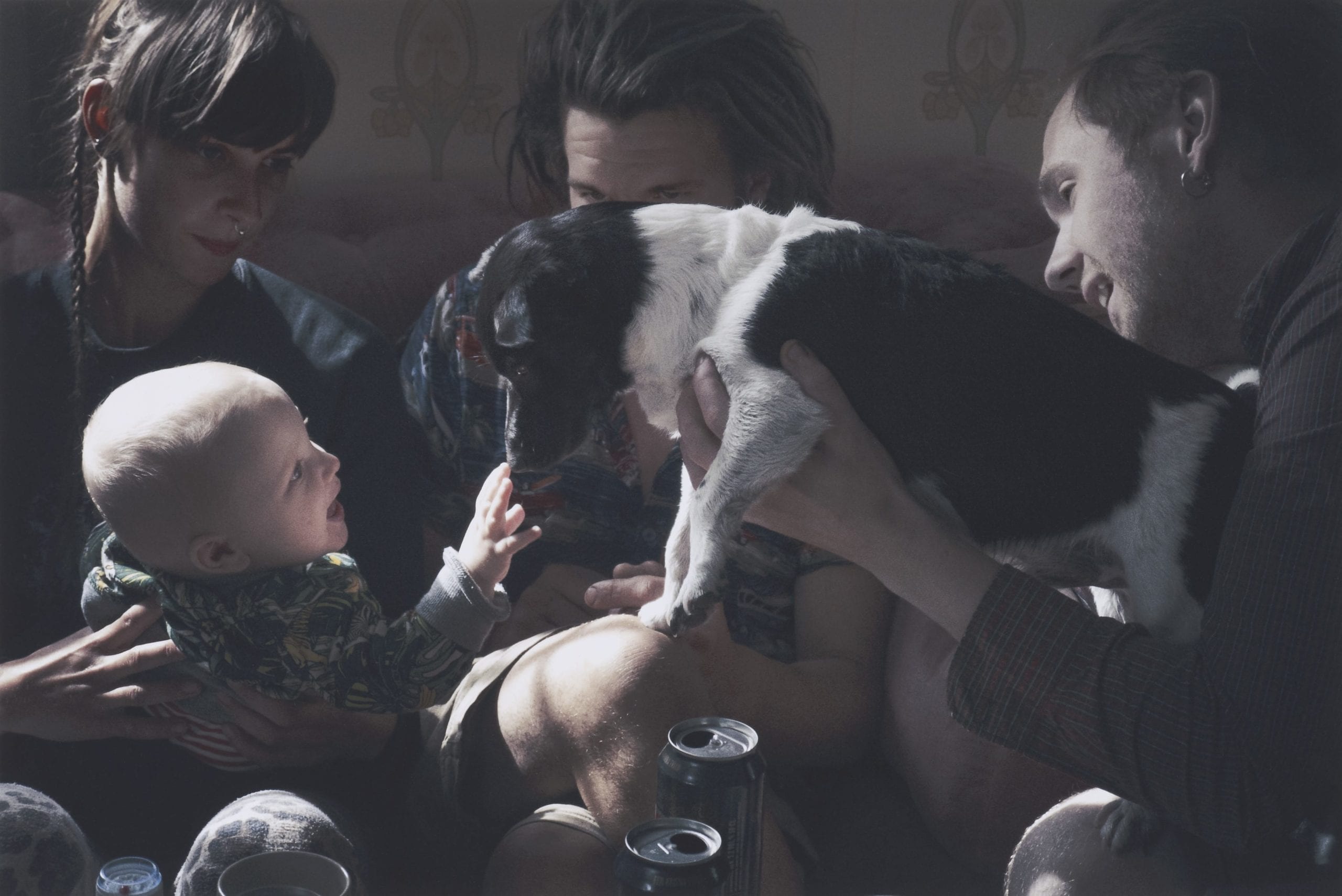
Now, the Taylor Wessing Photographic Portrait Prize, one of the most revered and competitive photography awards in the world, is going digital. The prize will now accept images uploaded via the competition’s new digital portal, from anyone with an internet connection, anywhere in the world, even accepting images taken on mobile.
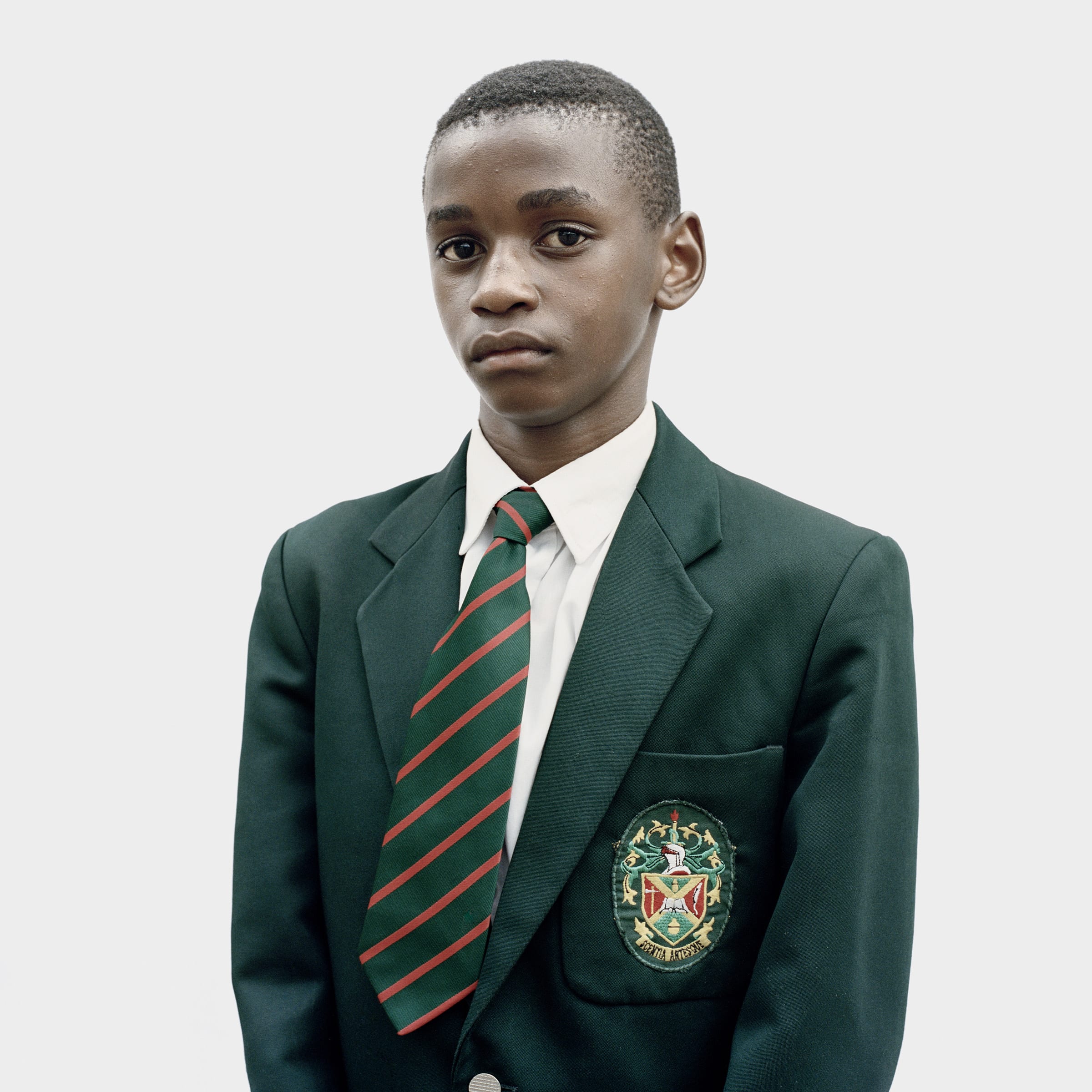
Tim Eyles, managing partner at Taylor Wessing, who sponsor the prize, says: “This year marks the tenth anniversary of the Taylor Wessing Photographic Portrait Prize and it’s apt that this incredibly exciting milestone coincides with the launch of digital entries. Many entries challenge our assumed perspective of the world – which is exactly what we need to keep us thinking in new and original ways.”
The prize, launched in 2003 and sponsored by Taylor Wessing since 2008, has a long record of launching the careers of fine art, portraitist and editorial photographers. One overall winner takes home £15,000, allowing them to develop their photography practice free from economic concerns.
For Rasano, the prize was a game-changer. He says, “Winning the Taylor Wessing prize in 2016 was a huge honour for me. It opened doors I did not even know existed. And it still does.”
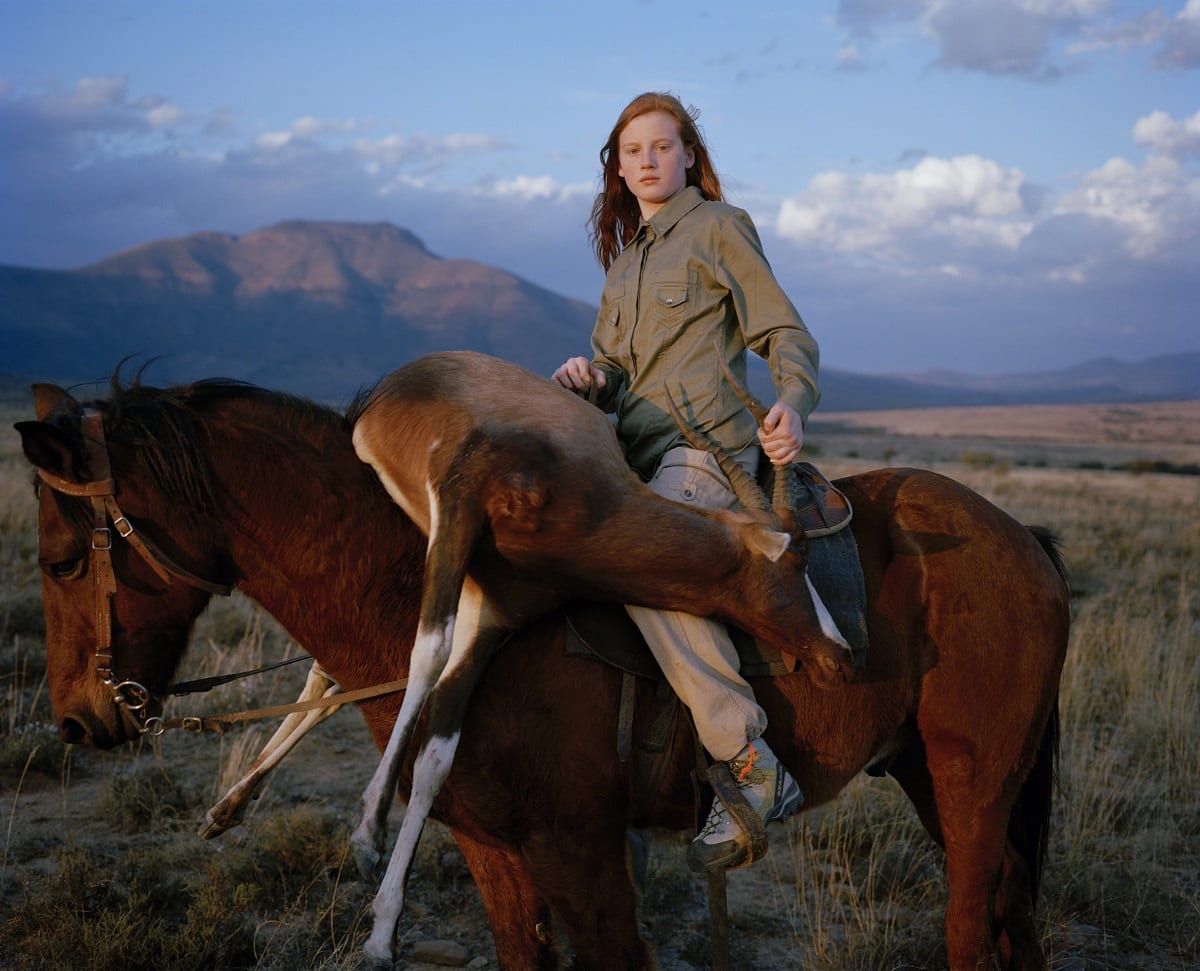
Chancellor submitted his photograph titled Huntress with Buck, a picture of 14-year-old Josie Slaughter, from Alabama, USA, during her first hunting trip to South Africa. Chancellor says of the image: “Josie had hunted her buck earlier in the day and was returning to camp. As we arrived, the sun set below the cloud cover and I had almost unreal light for around a minute. The contrast between the peace and tranquillity of the location, plus Josie’s ethereal beauty and the dead buck, was what I wanted to explore. Here was a vulnerability and yet also a strength.”
“I have always studied the portraiture in the National Portrait Gallery, not just the photography, but the work of the great masters,” Chancellor adds, “It has always been a source of great reference when considering my own work and projects. The work of Edwin Henry Landseer (1802-1873) had a huge impact on my working practice when documenting Hunters, from which Huntress with Buck was presented to the larger world via the Taylor Wessing Portrait Prize. It originated from a very difficult and complex body of work. Receiving this award presented the project as whole to the entire world. It is difficult to underestimate the importance of that when working on a project such as this.”
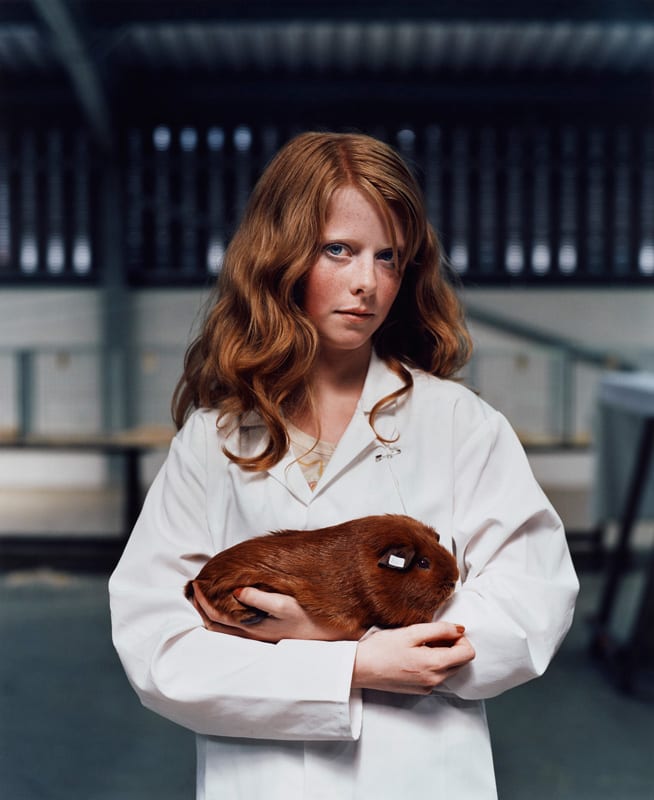
Winning the award changed the course of Woodward’s career. She says: “The exposure that came with winning the prize opened up my photography to a much wider audience and in turn I started receiving a lot more commissions from publications outside of the UK,” she says. “I’m still very passionate about documenting communities in rural areas and as a result of winning the prize, I often receive commissions which allow me to do that.”
In 2012, Jordi Ruiz Cirera, a London-based Spanish photographer, won the prize for her image of Margarita Teichroeb, a 26-year-old Mennonite woman seated at a kitchen table. The image was part of the series Menonos, Ruiz Cirera’s long-term project to document the daily life of a religious community – one which forbids images.
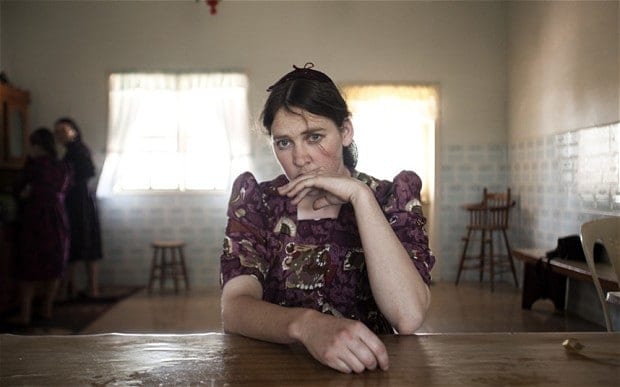
David Stewart won the prize in 2015 for his image, Five Girls 2014, showing the photographer’s daughter with four close friends. It mirrors a photograph he took of them seven years ago, which was displayed in the Taylor Wessing Photographic Portrait Prize 2008.
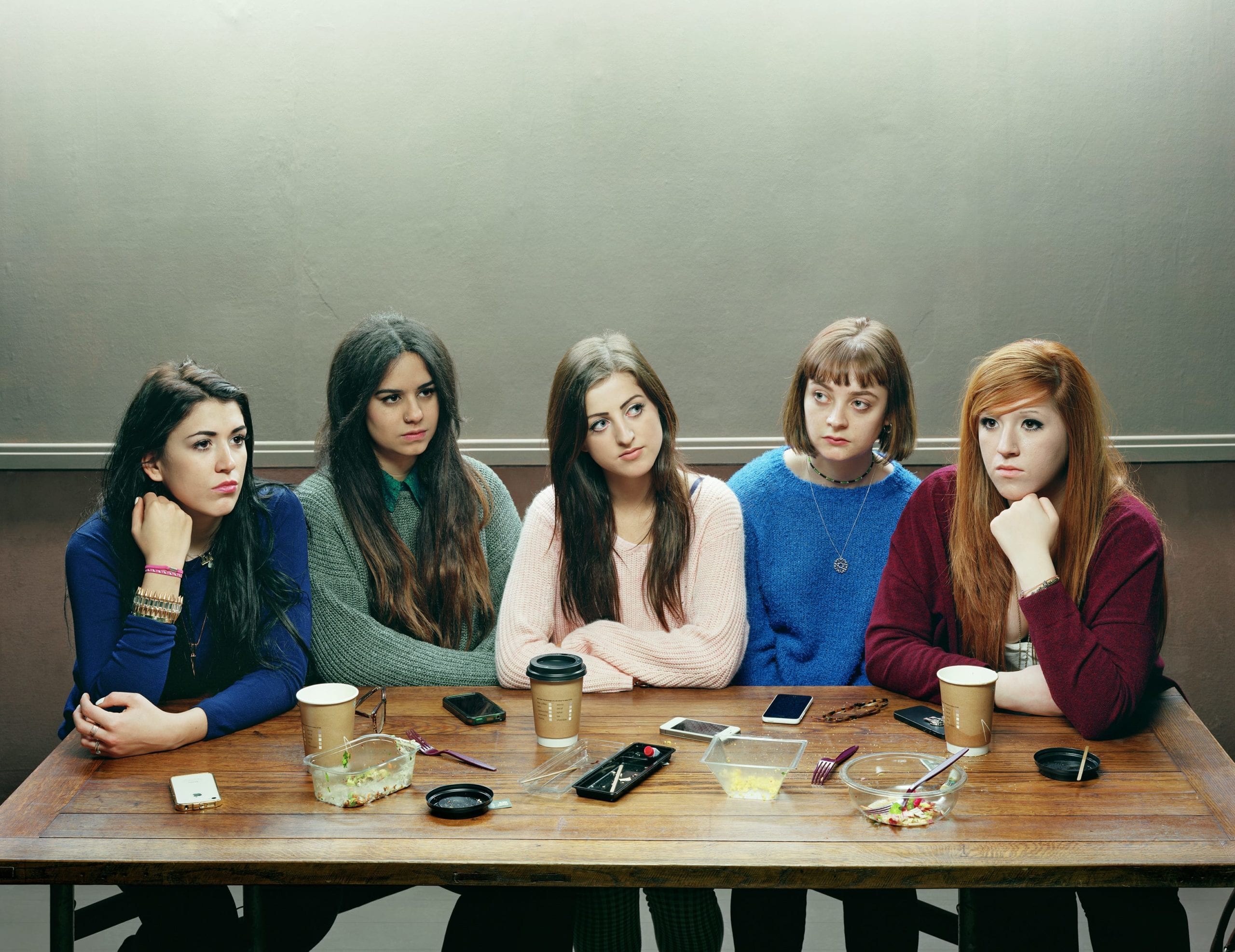
Stewart says: “I have always had a fascination with the way people interact – or, in this case, fail to interact, which inspired the photograph of this group of girls. While the girls are physically very close and their style and clothing highlight their membership of the same peer group, there is an element of distance between them.”
“Winning the prize enabled me to get my work out to a much wider audience, especially as the content of the image Five Girls 2014 followed on from my previous project Teenage Pre-occupation,” Stewart adds. “After being accepted into the prize 16 times previously, the win marked a point which enabled me to confidently move on to new areas of work with different content.”
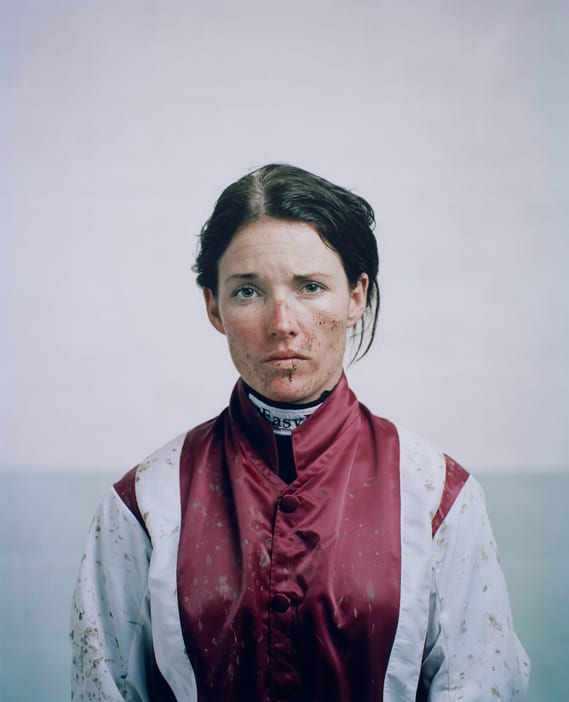
“Winning the Taylor Wessing Portrait Prize has been one of the largest highlights of my career, if not the largest. The exposure my work got as a result was unprecedented.”
Last chance to submit!
Entries for the Taylor Wessing Photographic Portrait Prize 2017 will be accepted until 23:59 Thursday 29 June 2017. Find out how to enter here.
Sponsored by National Portrait Gallery: This article was made possible with the support of National Portrait Gallery. Please click here for more information on sponsored content funding at British Journal of Photography.
